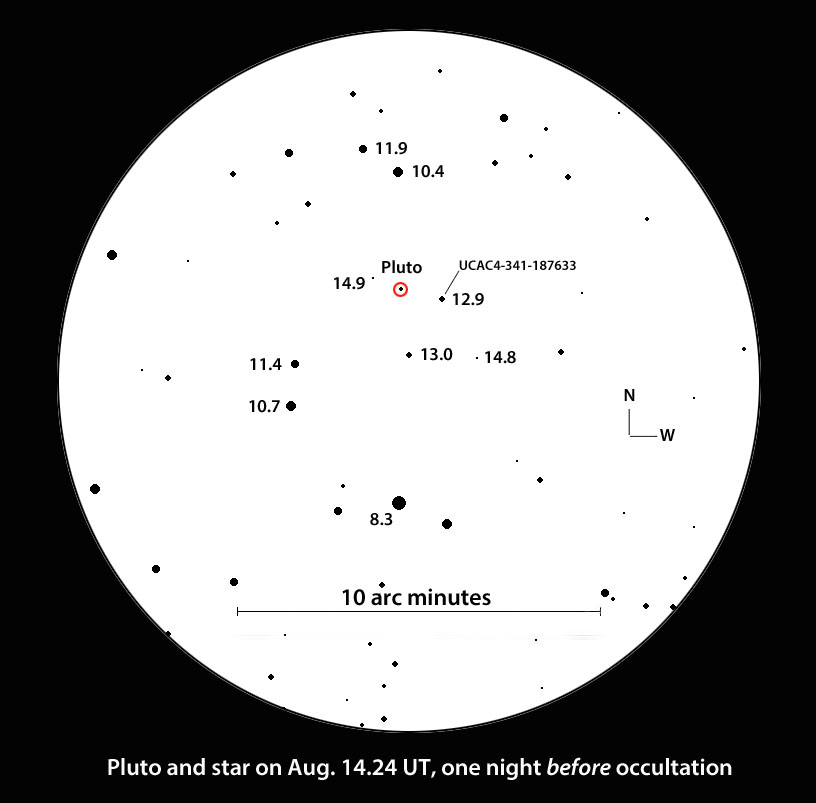

- #Meade virtual moon atlas how to#
- #Meade virtual moon atlas software#
- #Meade virtual moon atlas free#
#Meade virtual moon atlas how to#
Plan ahead to make sure the Moon doesn’t disappear behind by a tree or rooftop part of the way through your imaging session.īelow we'll show you how to process your panes and create your Moon mosaic. Two final tips: mosaic captures typically take up lots of computer hard drive space, so make sure you have plenty free. For more on this, read our guide on how to stop dew forming on your telescope. This is essential to prevent defocusing caused by temperature variations.Ī 12V camping hairdryer is also invaluable for removing moisture from dewed-up optics during long runs. What you’ll need to do during a long mosaicing run is refocus often. For more on this, read our guide on how to remove noise from your astrophotos of the Moon. The advantage is less noise in dark regions and extra navigational detail when crossing seemingly featureless areas, such as the lunar seas.

A good overlap is typically 20-25%.Ī Moon mosaic captured on by Chris Campbell. There are various ways to move across the Moon, but imaging in horizontal strips with lots of overlap is best. Check your camera’s alignment by slewing in right ascension and rotating the camera so that features move parallel to the bottom edge of the frame. Only go higher if the seeing gets really good.Ī driven, equatorially mounted scope is ideal. Image scale can be adjusted using optical amplifiers such as Barlow lenses, but aim to keep your telescope’s overall focal ratio somewhere between f/15 and f/45. If you’re experimenting with mosaics for the first time, capture a small number of panes to start with so you can get a feel for what’s what. It pays to be realistic in terms of image scale. The higher the magnification you use, for instance, the easier it is to get lost and miss a bit out this is a common frustration when starting out. At 15fps (frames per second) this should give over 900 framesĪ Moon mosaic captured by Craig Towell, Bristol, UK, 21 September 2019 using an Altair Astro GPCAM3 290M mono camera, a Fullerscope 8.75" f/7.5 Newtonian and a Sky-Watcher EQ6 mount. Take a short video of just over a minute.Move the telescope to your target, knowing it’s in focus.The high contrast between light and dark will show when the image is sharpest. Pointing the telescope at the Moon’s terminator and adjust the focus knob.Focus the camera: make sure it’s locked in the eyepiece holder.
#Meade virtual moon atlas software#
#Meade virtual moon atlas free#
Make sure your capture software is set up and recording to a hard drive with sufficient free space.If using a camera with a monochrome chip and seeing conditions aren’t perfect, use a red filter on the camera to improve the view.Check by rotating the camera in the eyepiece holder so when you press the left or up button the image moves left or up.If you need to make minor corrections on your Go-To or driven mount, be sure you know which button to press.Connect your computer equipment and start imaging.Never take images from indoors: heat escaping will cause the view to shimmer wildly.This will reduce wobbling in your image caused by heat rising Leave your telescope outside to cool down before you start.Check the seeing conditions: atmospheric turbulence that can blur and distort your view of the Moon.

Shoot when the target is lit from an angle to reveal surface textures and rugged lunar crust, craterlets and other subtle features like rilles.Pick a date when your Moon target is near the line between the illuminated and dark portions: the terminator.Use astronomy apps or software to decide what date and time to photograph.Decide what your target on the Moon is and work out the best time to capture it.Laptop and telescope set up, you're ready to start photographing the Moon.


 0 kommentar(er)
0 kommentar(er)
